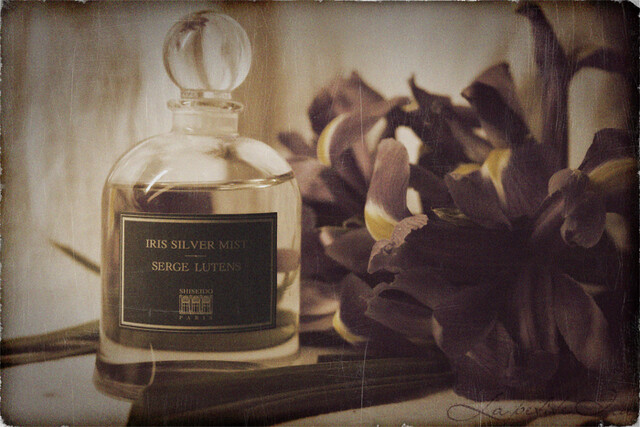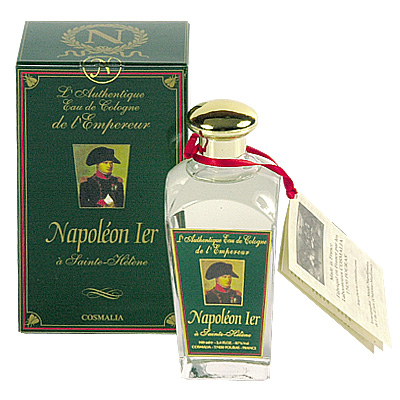Having
been in the midst of moving and law school exams, I have not had much time to
post, but I hope to get started again soon. I recently moved into a quaint
Victorian boardinghouse in the historic downtown of Redlands, California and it
really reminds me of the quality building modern society has all but forgotten:
oak crown molding, door frames, gallery balconies, attics, cellars,
leaded-crystal door knobs, lath and plaster walls, etc. Despite it being a
terrible time in the year to wear heavy Victorian fragrances, I feel inspired
to mention Hammam Bouquet by Penhaligons—vintage of course. How vintage?
Perhaps 5-10 years old—and believe me, it makes a big difference. HB was
reformulated within the last couple of years and is no longer a powdery,
animalic rose; now it is just powdery.
Hammam
Bouquet, in its proper form (vintage extract would be even better) is basically
a seminar in Victorian tastes and all things that were admired, at least in
fragrance, during this era in history. Tastes changed slowly before the
commercialization of society starting in the 1920s. In fact, it took almost
half a century for the older, lighter eau de cologne styles famed by Napoleon
took lose footing to the newer, heavier, musky fragrances inspired by the
Orient (not Orient as in Japan and China as we would think today, but as in
Arabia, Turkey, Morocco, Persia, etc.—the common meaning of the term at the
time). Turkish, Moroccan, and the awe-inspiring Bulgarian Rose Otto, Grasse
Jasmine, civet, musk, oppoponax, myrrh, incense gums, rich balsams, Venetian
Orris, French lavender, and Mysore Sandalwood would have been just a few of the
rich ingredients available to the perfumerer.
Alas,
Penhaligons is now going the way of all the other traditional English
houses—into the trash bin of history that is.



